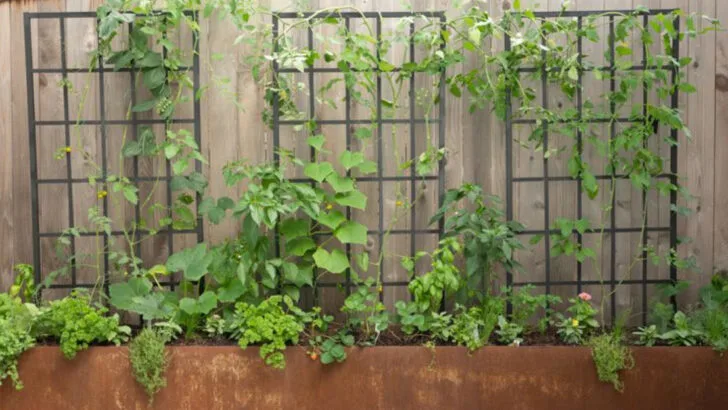When space is limited but your desire to grow fresh, homegrown food is unlimited, it’s time to get creative. A small garden doesn’t mean a small harvest—with smart planning and clever techniques, you can transform even the tiniest plot into a thriving pantry that supplies you with fresh produce all season long. The key is maximizing every inch of space and choosing the right crops that deliver big yields in small areas.
Small gardens come with their own set of challenges: limited soil, less sunlight, and sometimes restricted water access. But these hurdles can be overcome by embracing vertical growing, companion planting, and intensive gardening methods. By focusing on plants that produce abundantly and store well, you can ensure your garden does double duty as both a beautiful outdoor space and a reliable source of food.
In this article, we’ll share 15 practical strategies that will help you turn your small garden into a full pantry — from growing high-yield crops and preserving your harvest, to making the most out of containers and creative garden layouts. Whether you have a tiny backyard, a balcony, or a few raised beds, these tips will help you eat fresh, save money, and enjoy gardening like never before.
Vertical Gardening
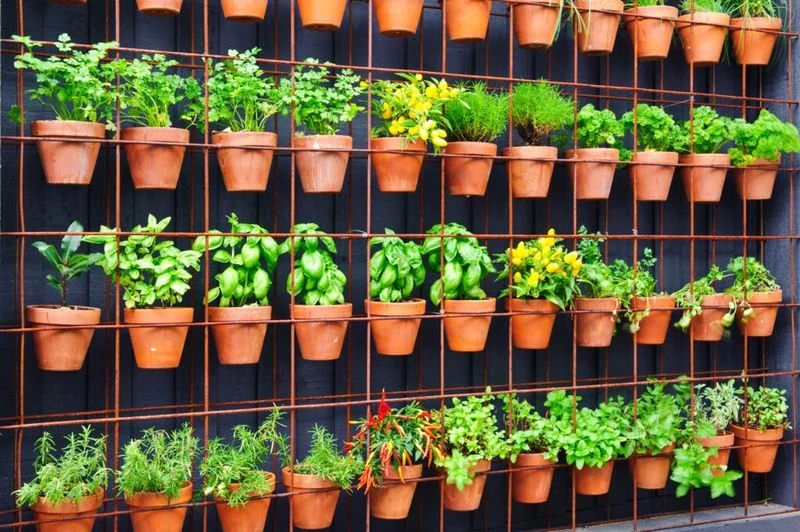
Space is no longer a limitation with vertical gardening. Imagine lush columns of tomatoes and cascading greens suspended in the air, transforming even the tiniest nook into a productive powerhouse. By utilizing walls and vertical structures, you can maximize your planting space, allowing more varieties to flourish. This method is perfect for urban dwellers with limited ground area, offering an innovative solution to growing food. As a bonus, vertical gardens can also serve as living art, adding beauty to your home environment. Embrace this space-saving technique to enjoy a bounty of fresh produce.
Herb Spiral
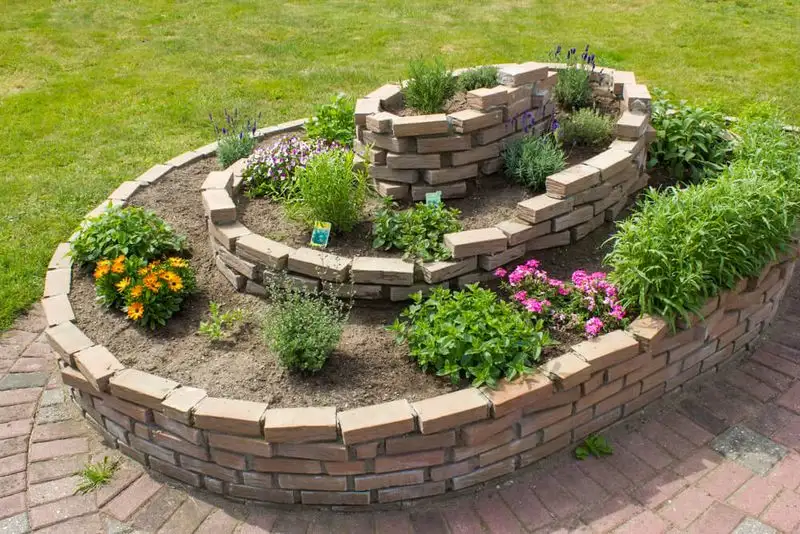
A herb spiral is both artistic and functional, creating a microclimate that suits various herbs. The design elevates some areas while keeping others grounded, catering to different moisture needs. Picture a fragrant spiral of rosemary at the top with mint at the bottom, thriving in harmony. This method not only saves space but also encourages biodiversity. It’s a delightful way to incorporate a variety of flavors into your cooking while maintaining an aesthetically pleasing garden. Implementing a herb spiral can transform your garden into a sensory delight.
Container Gardening
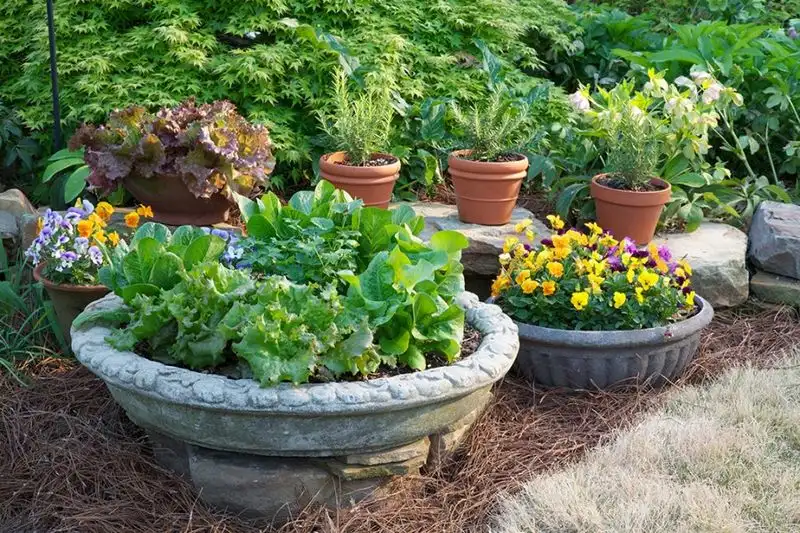
For those with minimal space, container gardening offers flexibility and convenience. You can grow anything from juicy tomatoes to crisp lettuce in pots and planters of varying sizes. Containers can be moved to catch optimal sunlight or to shelter from harsh weather. This adaptability is perfect for renters or those with patios or balconies. It also allows for easy soil management, ensuring your plants have the nutrients they need. The portable nature of container gardening makes it an accessible option for anyone looking to cultivate a green thumb.
Square Foot Gardening
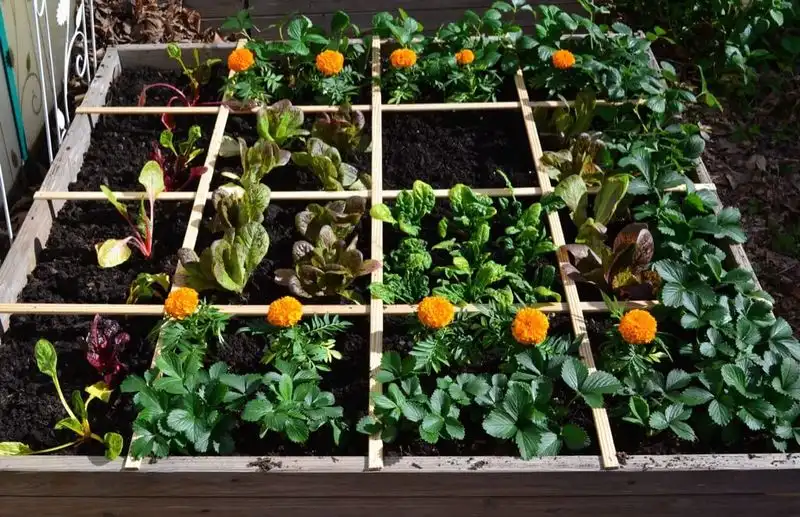
Efficient and organized, square foot gardening breaks down a garden bed into manageable sections. Each square foot hosts a different plant type, optimizing the use of limited space. This method simplifies crop rotation and companion planting, leading to healthier plants and higher yields. It’s ideal for beginners or those looking to maximize their harvest in a small area. The grid layout helps in sowing seeds with precision, minimizing waste. Embrace square foot gardening to cultivate a diverse range of produce in an orderly fashion.
Companion Planting
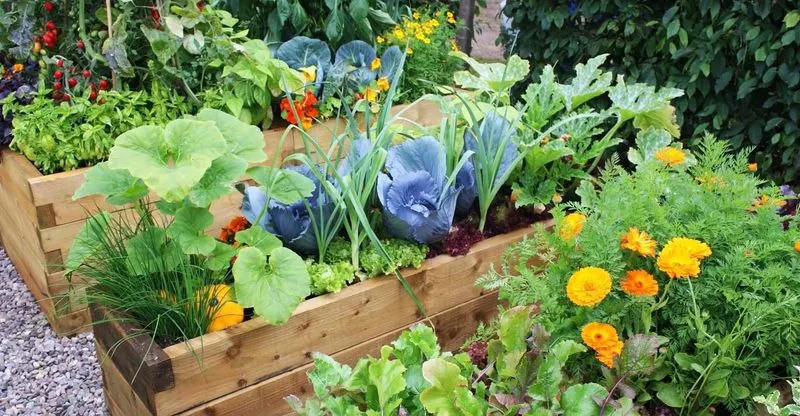
Companion planting is like a symbiotic dance where plants benefit from each other’s presence. Tomatoes and basil, for instance, grow better together, enhancing flavor and deterring pests. By strategically pairing plants, you can boost growth and reduce the need for chemical interventions. This method creates a balanced ecosystem within your garden, attracting beneficial insects and improving soil health. It’s a sustainable way to increase productivity and ensure a healthy crop yield. Explore companion planting to cultivate a thriving garden naturally.
Fruit Trees in Pots
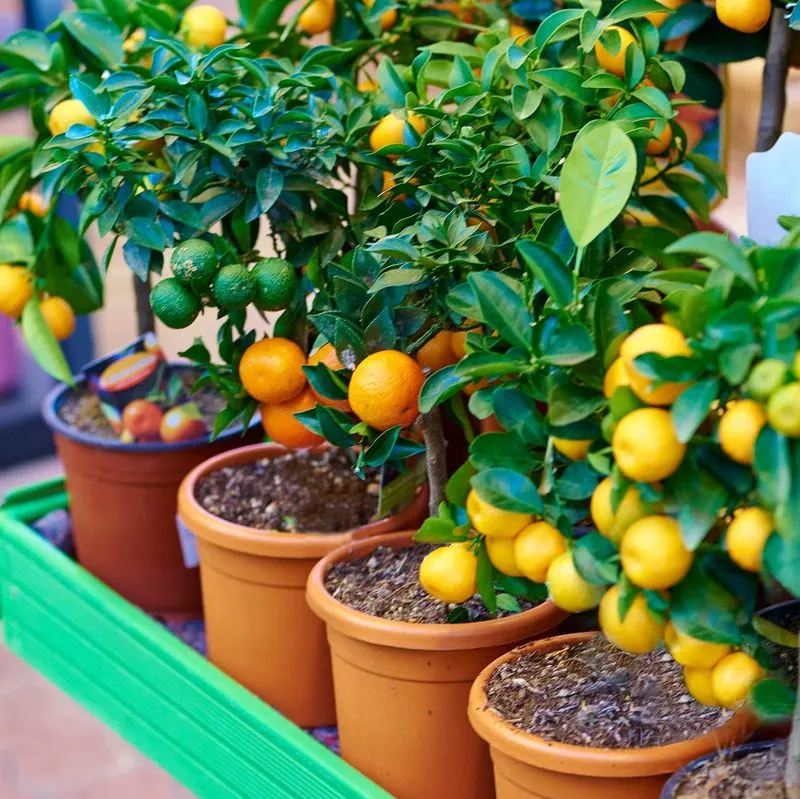
Imagine the satisfaction of picking fresh lemons from a tree on your balcony. Fruit trees in pots bring this dream to life, allowing you to enjoy homegrown fruit without a large yard. Dwarf varieties of lemons, oranges, or apples can thrive in pots, offering a rewarding harvest. Placing them on a sunny patio ensures they get the light they need while keeping them accessible. This method not only provides fresh fruit but also adds a touch of greenery and fragrance to your space. Enjoy the benefits of potted fruit trees in limited spaces.
Raised Bed Gardening
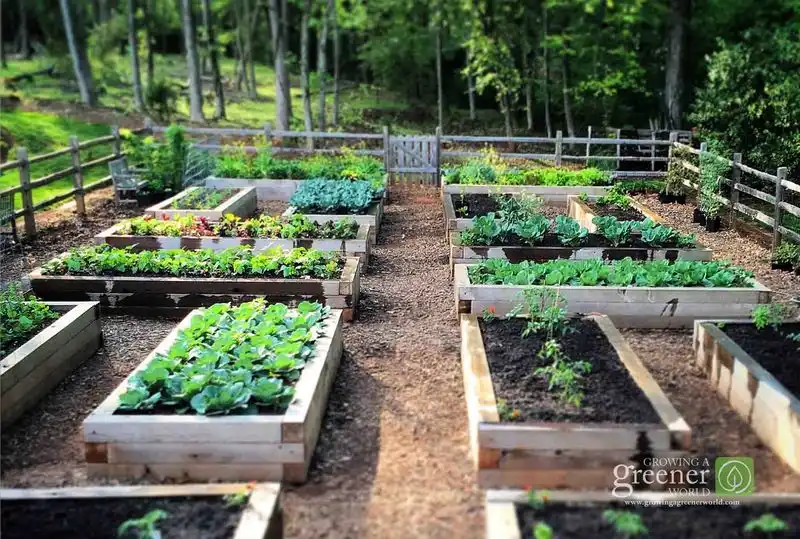
Raised beds elevate your garden, offering better drainage and soil conditions. These structures can be placed on any surface, making them perfect for areas with poor soil quality. With defined borders, they keep plants organized and accessible. Raised beds warm up quicker in spring, extending the growing season for eager gardeners. This setup allows for intensive planting, maximizing yield in small spaces. Raised bed gardening is a practical way to control soil health and structure, ensuring robust plant growth.
Trellis Use
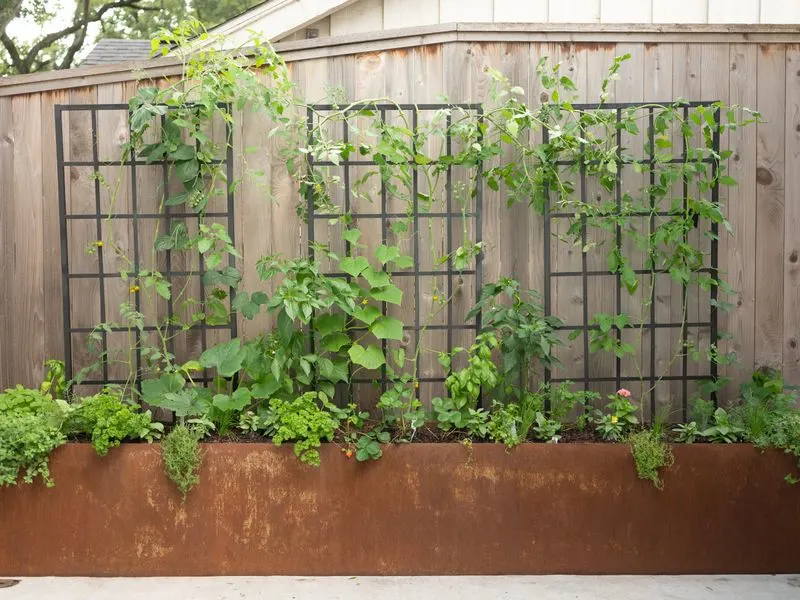
Trellises turn vertical spaces into productive areas brimming with climbing plants. Beans, peas, and cucumbers thrive when given support to reach for the sky. This method frees up ground space for other crops, enhancing overall garden productivity. The visual appeal of a trellis laden with fresh produce is unmatched, bringing an artistic touch to your outdoor area. By integrating trellises, you can diversify your garden’s offerings and make the most of every inch. It’s a beautiful and functional solution for small gardens.
Succession Planting
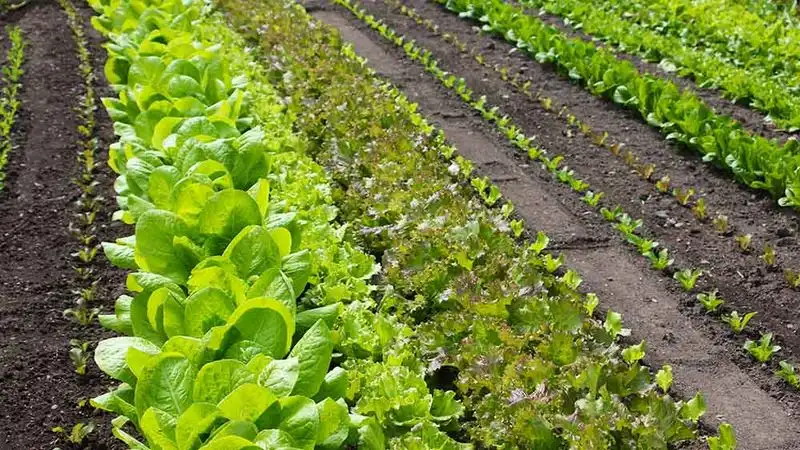
By timing your plantings, succession planting ensures continuous harvests throughout the season. As one crop finishes, another takes its place, maintaining a steady supply of fresh produce. This approach prevents gaps in your garden, allowing for efficient use of space and resources. It’s especially beneficial for small gardens where maximizing output is crucial. With careful planning, you can enjoy a diverse array of vegetables without overwhelming your space. Succession planting keeps your garden productive all year round.
Hydroponic Systems
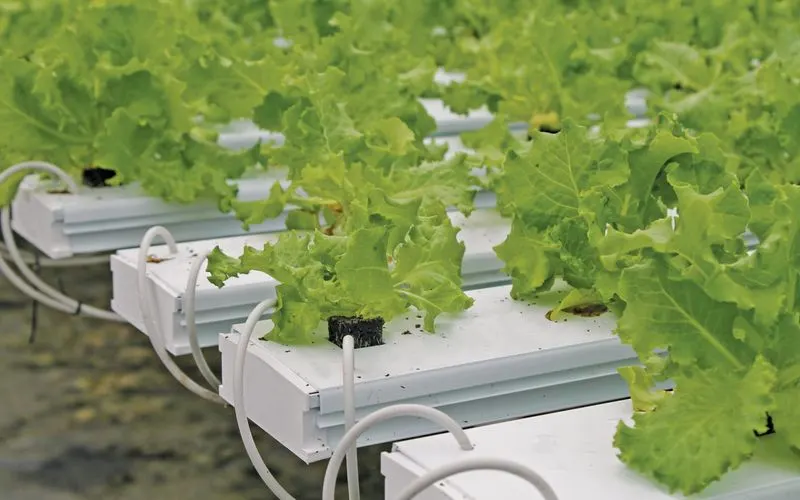
Hydroponics takes gardening to a new level by growing plants in nutrient-rich water rather than soil. This method is perfect for small spaces or urban environments, offering a clean, soilless alternative. With hydroponic systems, you can grow a variety of leafy greens and herbs indoors, regardless of the season. This innovative approach requires minimal space and allows for precise control over growing conditions, resulting in faster growth rates. Explore hydroponics for a high-tech gardening experience that fits any lifestyle.
Community Garden Plots

Joining a community garden opens up new possibilities for those with limited space. Share resources and knowledge while cultivating your own plot alongside fellow enthusiasts. Community gardens provide access to larger areas for growing a wider range of crops. This collaborative environment fosters learning and connection, enhancing your gardening experience. Enjoy the benefits of shared tools and communal support, reducing individual costs. Participating in a community garden can turn a small effort into a bountiful reward, enriching both your pantry and life.
Windowsill Herb Gardens
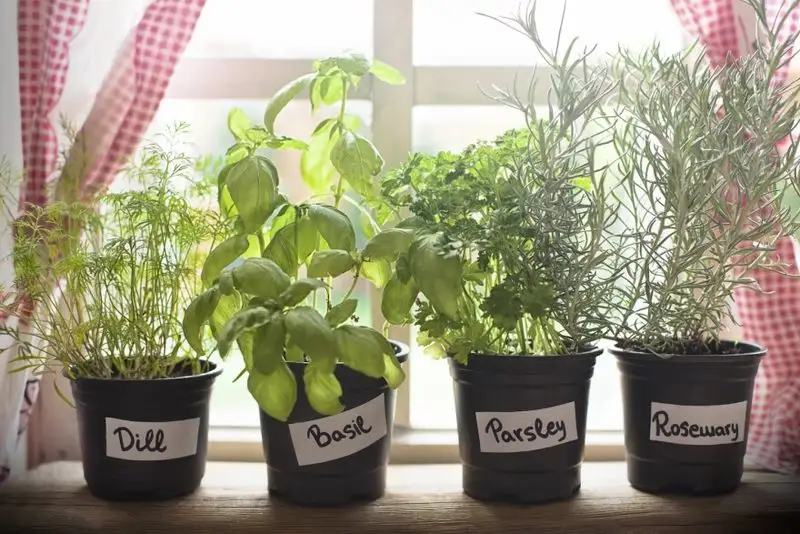
For those without outdoor space, windowsill herb gardens offer a convenient alternative. You can grow fresh herbs like basil, parsley, and chives right in your kitchen. This setup requires minimal space and brings the pleasure of gardening indoors. The proximity to your cooking area means you can easily add a sprig of freshness to your meals. Ideal for apartments or homes without gardens, windowsill herbs thrive in natural light. Enjoy the convenience and flavor of homegrown herbs at your fingertips.
Espaliered Fruit Trees
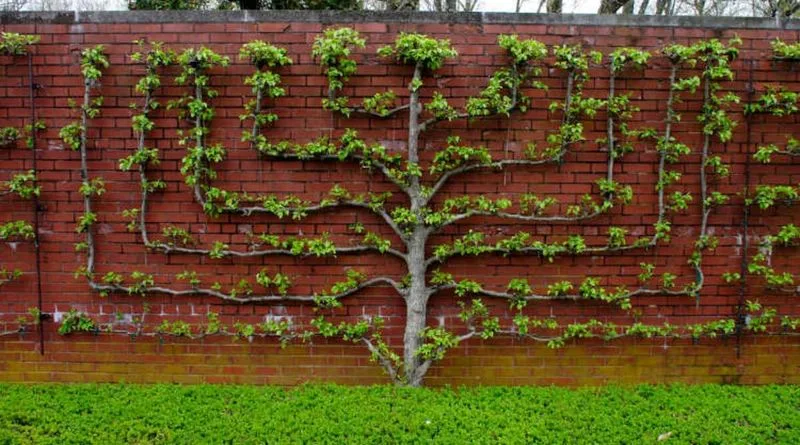
Espalier turns fruit trees into living sculptures, trained to grow flat against walls. This technique maximizes space and creates a striking visual feature. Ideal for small gardens, espalier allows you to grow fruit trees in narrow spaces without sacrificing yield. The flat design ensures optimal sun exposure, promoting healthy fruit development. This method combines artistry with practicality, offering a unique way to enjoy homegrown fruit. Embrace espalier to enhance your garden’s beauty and productivity.
Microgreens Indoors
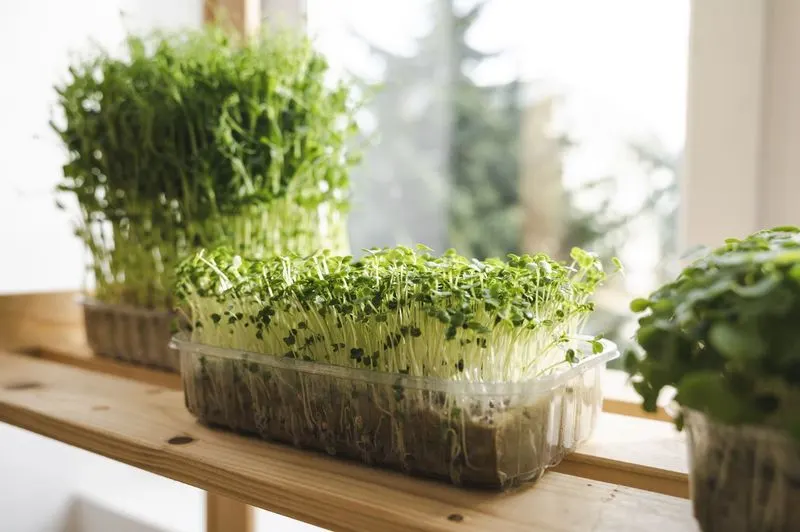
Microgreens pack flavor and nutrition into tiny packages, and they flourish indoors with minimal effort. These young seedlings, such as radish or arugula, can be grown on a sunny windowsill or under grow lights. Perfect for those with limited outdoor space, microgreens offer a quick turnaround from planting to harvest. They’re a nutrient-dense addition to salads, sandwiches, or smoothies. Growing microgreens is an excellent way to enjoy fresh greens throughout the year, providing a burst of flavor and health benefits.
Aquaponics
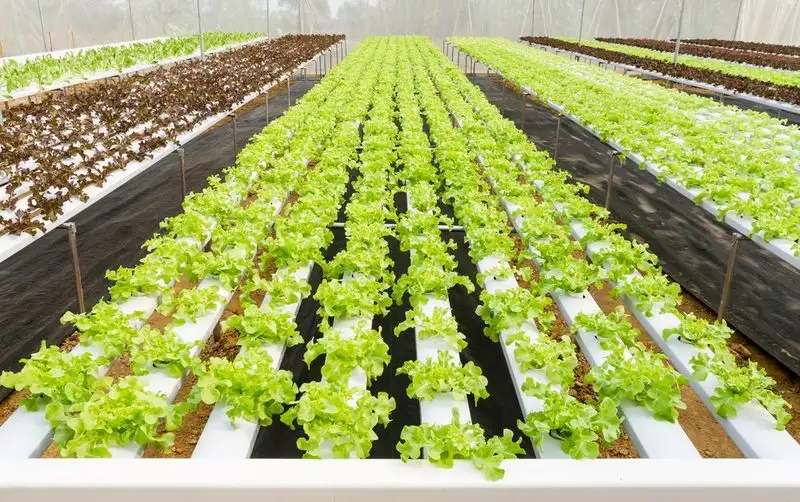
Aquaponics combines aquaculture and hydroponics, creating a symbiotic environment where fish and plants coexist beneficially. The fish provide nutrients for the plants, which in turn filter the water. This closed-loop system is highly efficient, making it perfect for small spaces. You can grow a variety of vegetables alongside fish, enhancing both your diet and gardening experience. Aquaponics offers a sustainable solution for fresh produce and fish, all from your backyard. This innovative approach turns limited space into a thriving ecosystem.

